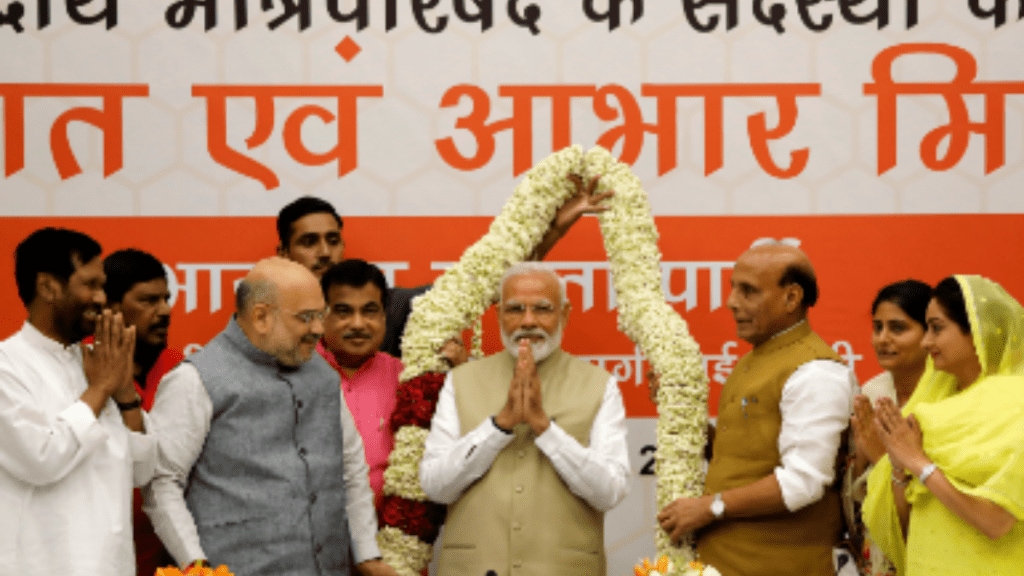Engaging with the neighbourhood has no doubt been a foreign policy priority of the Narendra Modi-led National Democratic Alliance (NDA) since it first came to power in 2014. Ten years later, as the ruling regime seeks a third term in office, the challenges of dealing with the South Asian region remain daunting. Besides the growing role of China — whose trade with the region is two times higher than India’s — there is the need to address the desire of neighbours to seek more strategic autonomy in their relationship with India. This was underscored by the visit of Maldives’ foreign minister Moosa Zameer to New Delhi during which his Indian counterpart, S Jaishankar, stated that the relationship is based on mutual interests and reciprocal sensitivity.
India’s relationship with Maldives — a key maritime neighbour in the Indian Ocean with a special place in its vision for Security and Growth for All in the Region — is passing through testing times. There is a pro-China regime change in that island nation with President Mohamed Muizzu formally requesting India to withdraw its military presence from the Maldives. The need for sensitivity is also felt in India’s relationship with Nepal.
The decision of the Pushpa Kamal Dahal or Prachanda-led government to put a map showing areas of India on a Rs 100 currency note provoked Jaishankar to state that such “unilateral measures” by Kathmandu would not change the reality on the ground. The need obviously is to address this festering border dispute through patient negotiations. India’s external affairs minister stated that “discussions about our boundary matter (are ongoing) through an established platform” but evidently Nepal is not happy with their pace and progress.
This issue must be addressed expeditiously — much in the same spirit with which the NDA regime resolved the land border question with Bangladesh. A much bigger challenge pertains to normalising relations with Pakistan which has been in deep freeze since 2019. There has been a flurry of signals from Islamabad regarding the resumption of bilateral trade but any response is likely only after a new government is in office in June.
To shore up its influence in the region, India needs to make generous and non-reciprocal measures to ensure that neighbours have a greater stake in its growth story. With Maldives, its foreign minister was earlier appreciative of India’s decision to renew the quota to allow the export of essential commodities while President Muizzu sought leniency for repayment of loans taken by previous governments. India stood by Sri Lanka in its hour of need and must do the same for Nepal and others that face balance of payments problems with reduced foreign exchange buffers to purchase essential imports like food, fuel, and other items.
India cannot match China in cheque-book diplomacy but it can undertake unilateral trade liberalisation that ensures greater market access for its neighbours. Doing so will blunt the edge of some of their resentment of only registering massive trade deficits with India. The priority of the new government in India must be to trade more with the neighbourhood as its two-way trade declined by 7.6% to $27.9 billion or 2.7% of its global trade in FY24 (up to February) from a year earlier. The fact that Bangladesh and Pakistan trade more with the dragon is a painful reminder of India’s failure to engage more and integrate with the South Asian region.
(Views are personal)

